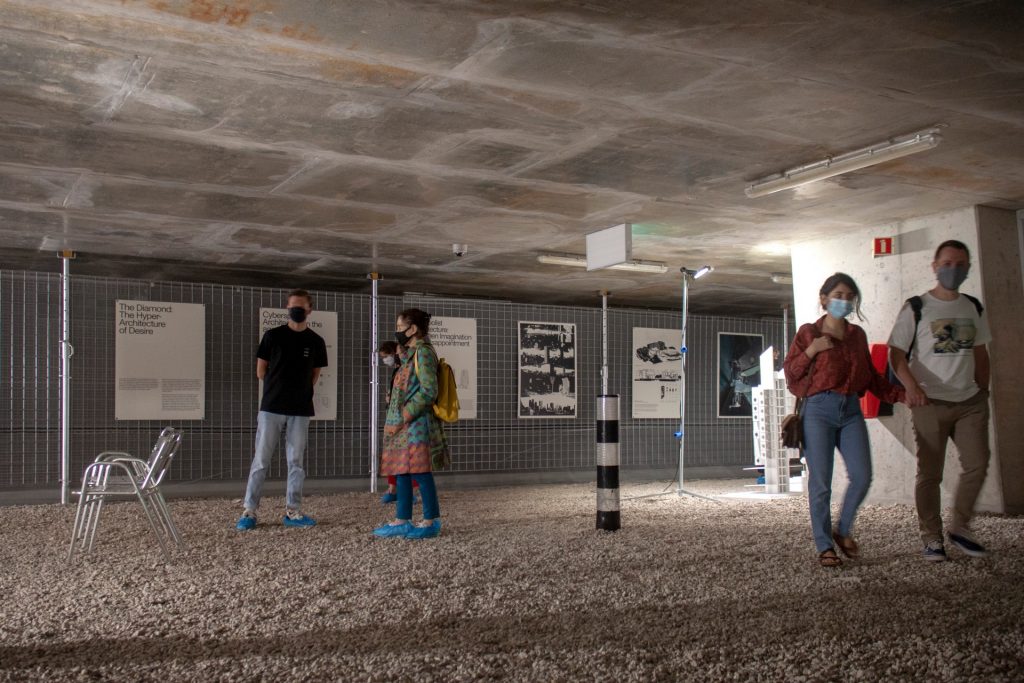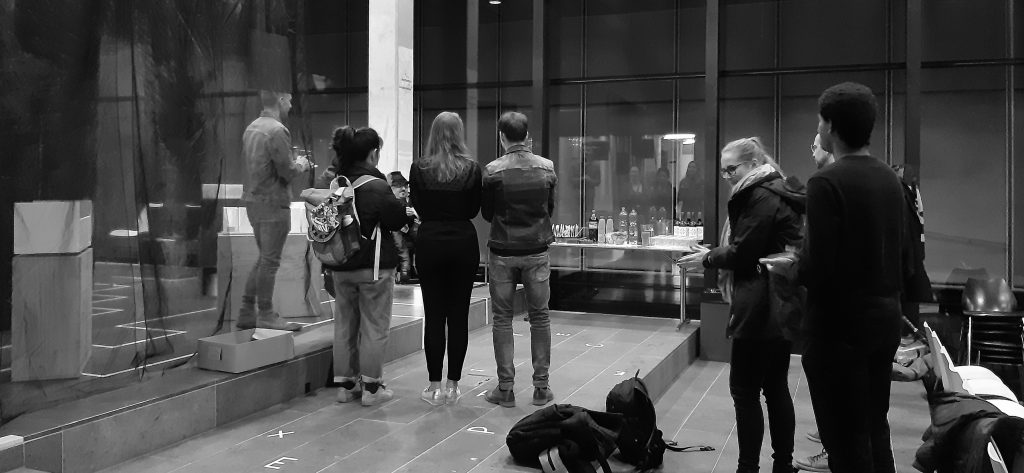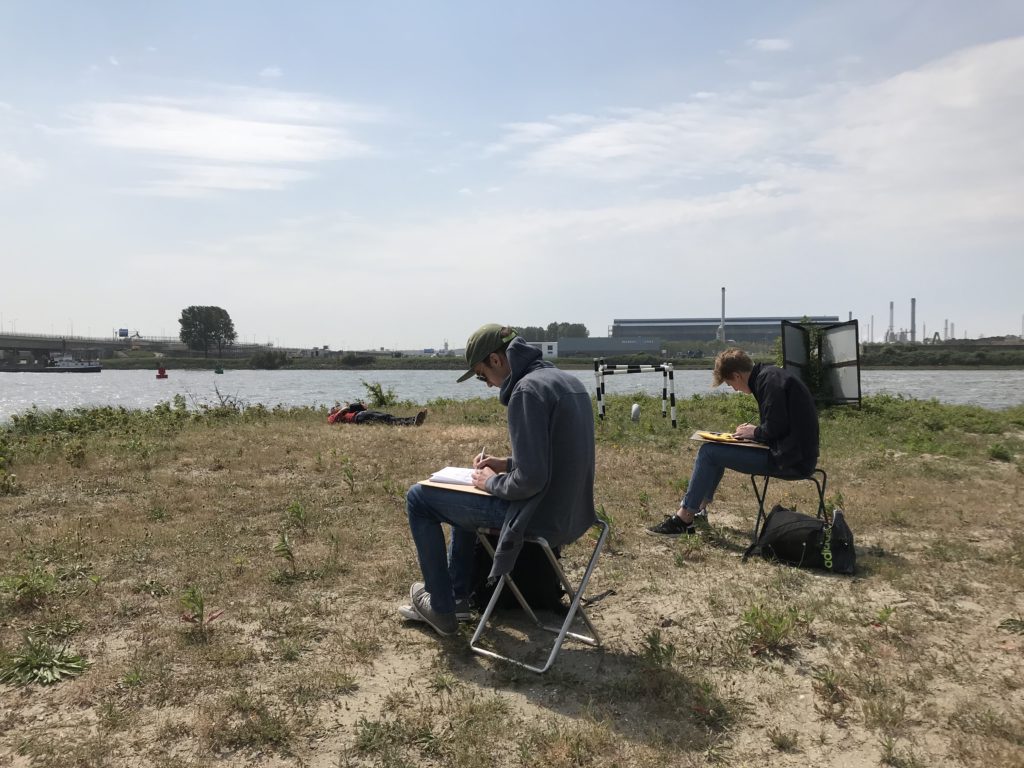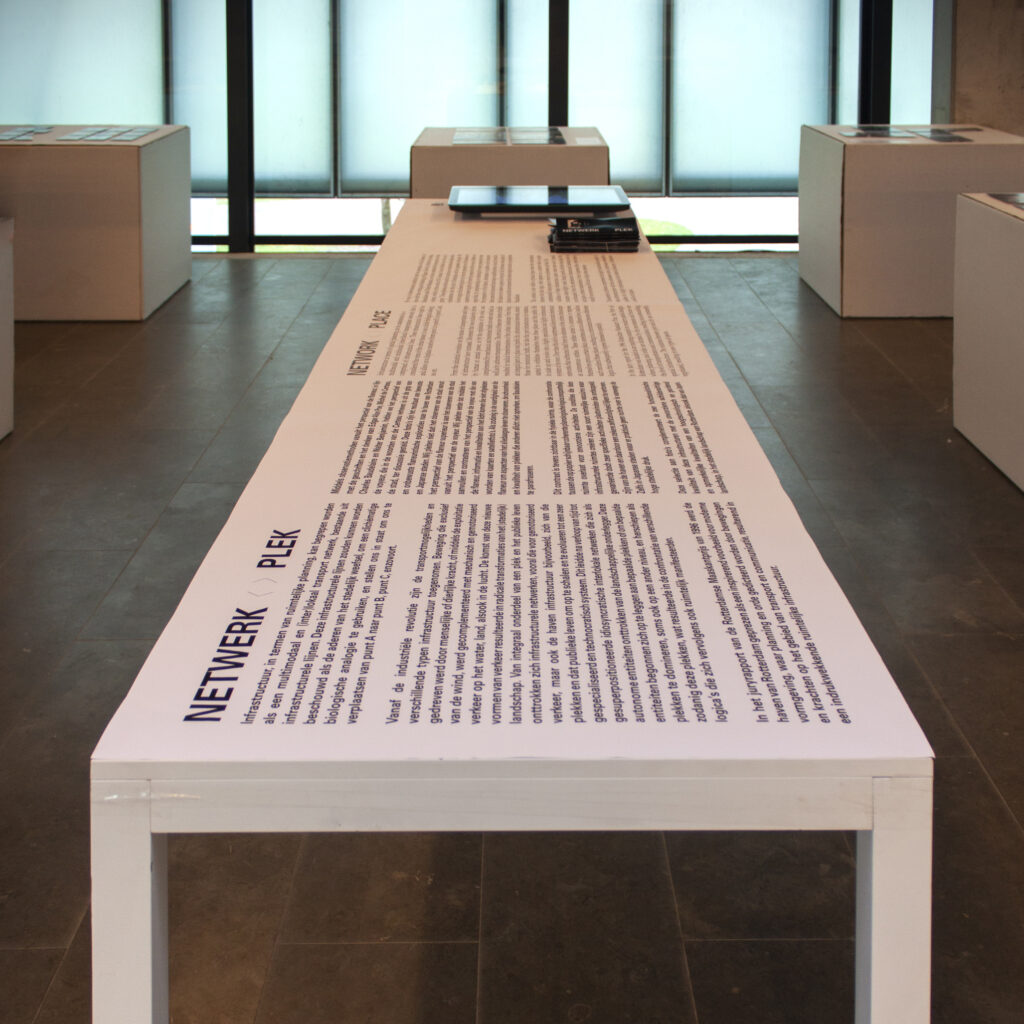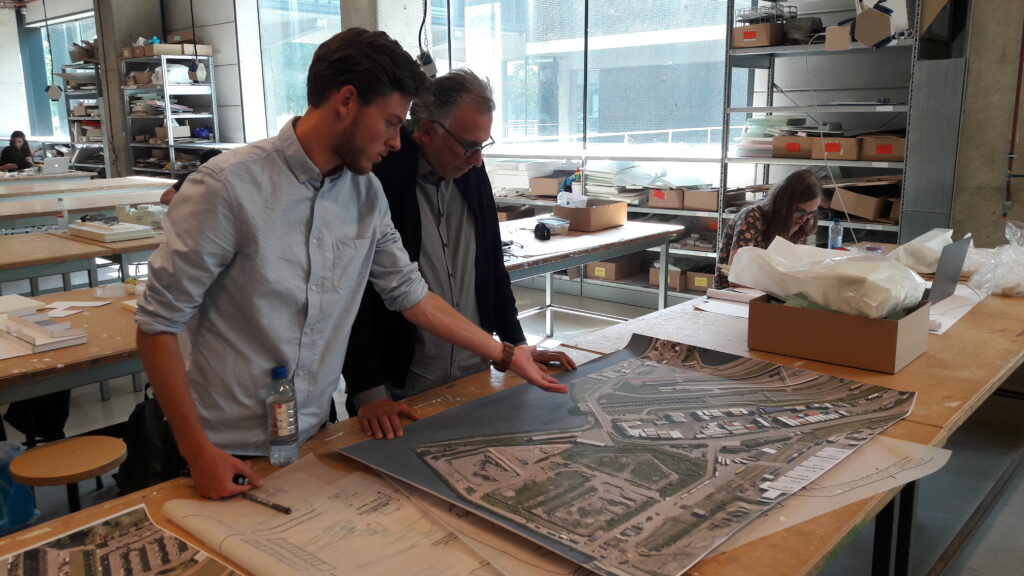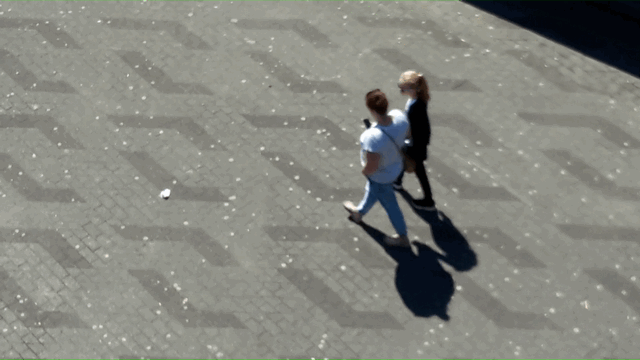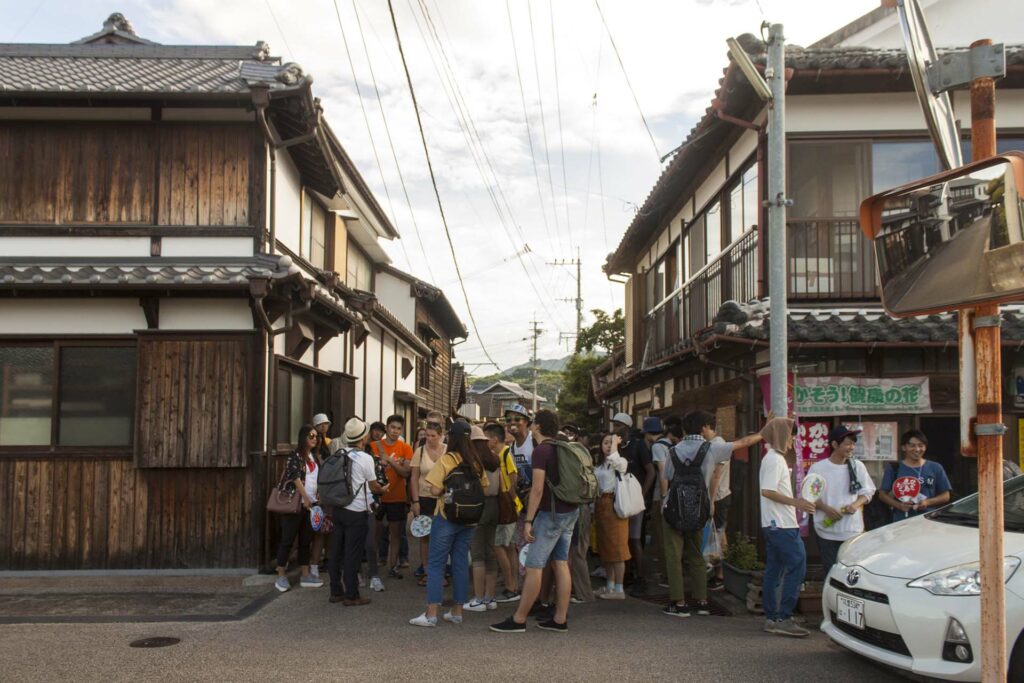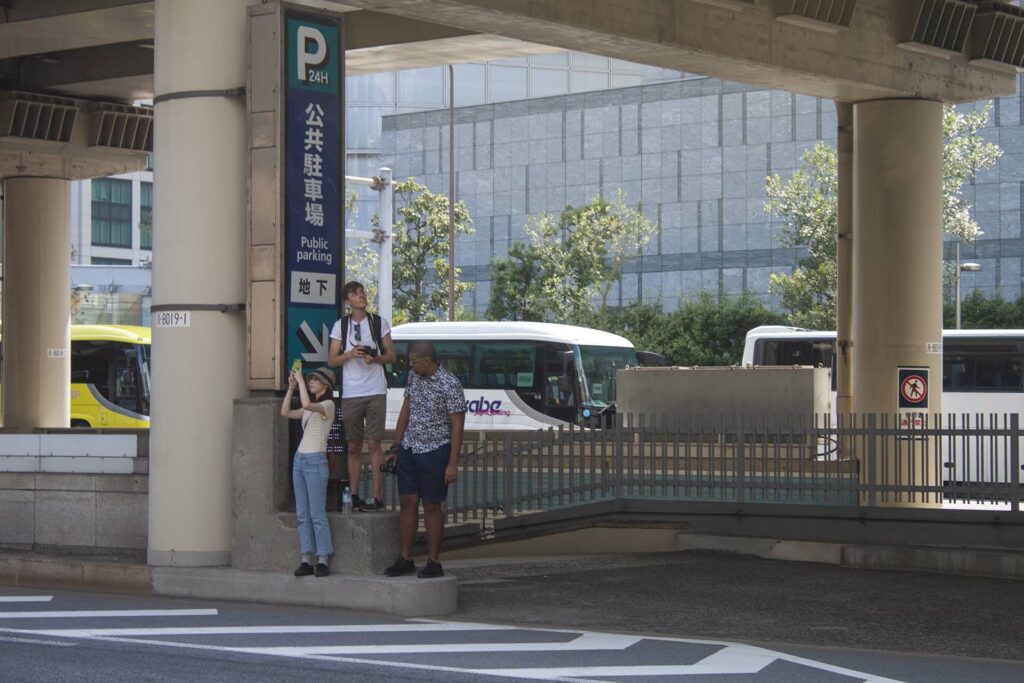The Hyper-Architecture of Desire 2.0
Graduation studio
September 2021 – July 2022
Supervisors: Hüsnü Yegenoglu, Jochem Groenland, Justin Agyin, Lennart Arpots
The 1960s saw a radical wave of utopian architecture following social, technological and spatial utopias, driven by a fascination of permanent dynamic conditions without tectonic finality. Yona Friedman published already in 1958 his manifesto of ‘Mobile Architecture’, describing a new kind of social and spatial mobility based on infrastructures that are neither determined nor determining. Constant Nieuwenhuys worked on his ‘New Babylon’ project from approximately 1959 to the 1974. He creates a vision of a worldwide network connected cities of the future based on a nomadic lifestyle and the automatization of work. ‘Metabolism’ was an influential architectural movement, that regards human society as a vital biological process, having the ability to grow as well to shrink down is size. The avant-garde architectural group ‘Archigram’ developed in 1964 their futuristic proposal of the ‘Walking City’, a combination of intelligent giant buildings and robots symbolizing a combination of insect and machine. These visions and manifestos have been shaken up the world of architecture and urbanism, however the proposed spatial utopias characterized by expansion, decrease and changeability have never fully materialized, partly caused by the limited possibilities of technology of the moment, and therefore remain as futuristic narratives challenging man’s intellect as well desire.
With the emergence of Information and Communication Technology (ICT) we are amidst deep and radical transformations that create multifold challenges for the disciplines of architecture and urbanism, and society at large. The dichotomy between physical and virtual space becoming increasingly blurry, a radical reconceptualisation of the discipline and its practices for space production is needed. The purpose of the graduation studio ‘The Hyper-Architecture of Desire 2.0’ is a provocative understanding of new systems and experiences manifesting from interactions of different programs. The connection of human and machine, of wires, muscle, skin, and information, creates new meaning for the body-machine collective where systems are mutually supportive. In short, we will follow the futuristic traditions of the 60’s and upload them with the knowledge of contemporary technologies in order to create architectural and urbanistic design concepts which are not symbolizing but realizing dynamic mobility.
We will explore some of the relevant theoretical theme’s having a strong influence on the aspects of changeability, mobility and technology. Furthermore, the architectural, cultural and technological principles of the futuristic projects of the ’60 will be thoroughly analyzed in order to create a reliable framework of knowledge. However, the key focus of the studio will be especially on Design and Materialization supported by three dimensional physical models and virtual images, characterizing the second (2.0) generation of desirable architectural objects.
One of the aims of the studio is to instrumentalize and disseminate the research topics through events and exhibitions. In addition to emphasizing the extravert character of the studio and to arouse discussion with third parties on the matter at hand, these events serve as reflective moments in which ideas can crystallize and lead to physical, tangent expressions.
